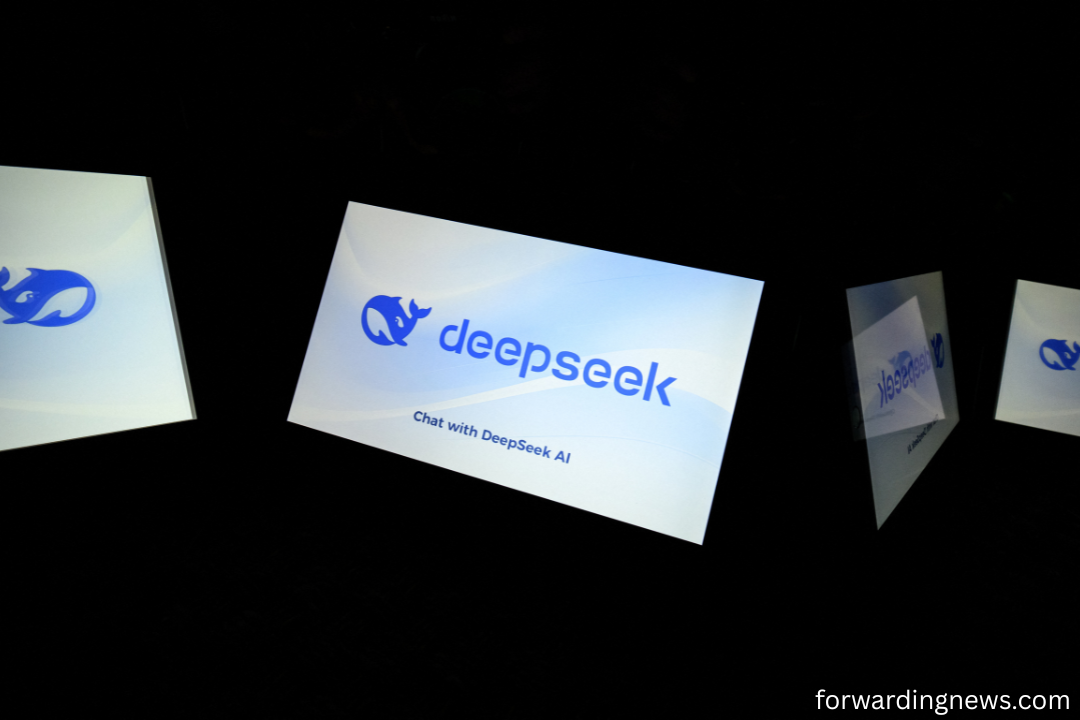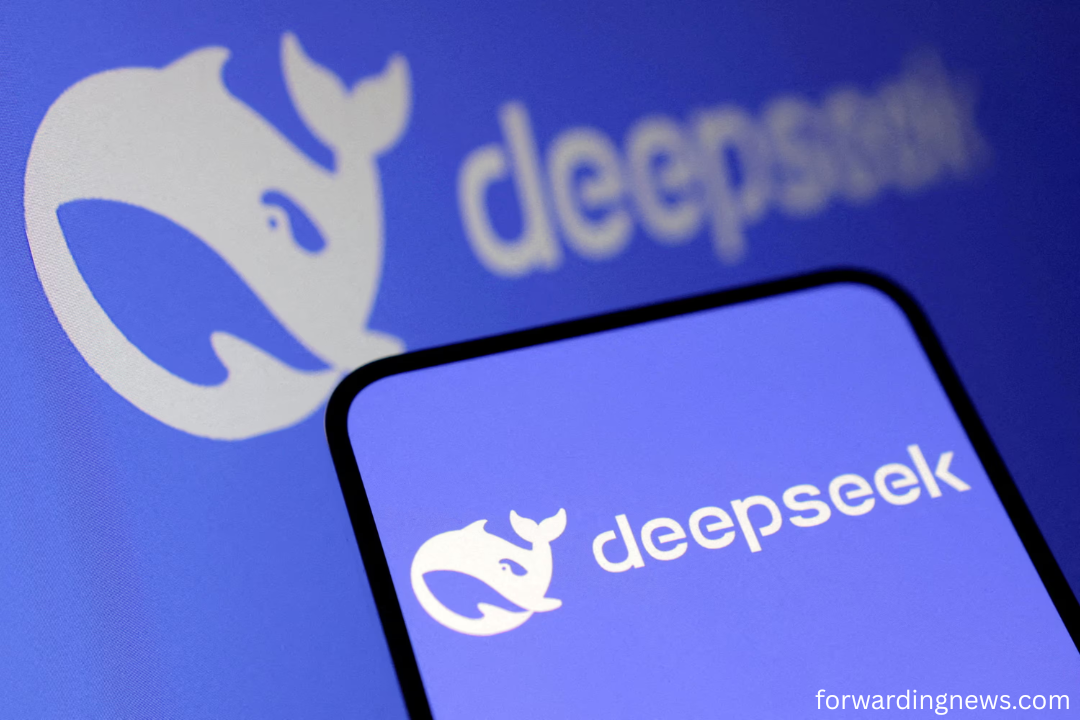DeepSeek is making waves across China’s defense landscape, symbolizing a critical turning point in the nation’s push for technological superiority. This artificial intelligence (AI) breakthrough is rapidly transforming how China develops, tests, and deploys military systems, marking a decisive shift from traditional defense methods to a new era driven by data, automation, and intelligent systems.
In recent months, Chinese state-run research institutions and defense contractors have increasingly highlighted DeepSeek as a cornerstone of their military modernization goals. Analysts believe it could elevate China’s standing in global defense innovation and intensify the ongoing technological arms race.
DeepSeek Explained – What It Means for Military Tech
DeepSeek refers to a cutting-edge AI framework that utilizes large-scale deep learning models to analyze massive data sets with high speed and accuracy. Initially rooted in civilian research and natural language processing, DeepSeek is now being adapted for military use, including battlefield simulations, autonomous weapon systems, and advanced reconnaissance operations.
Its ability to process and interpret complex data streams—such as satellite imagery, battlefield logistics, and cyber threat patterns—gives China a powerful edge in strategic planning and real-time decision-making.
DeepSeek’s Role in Smart Warfare
Brilliant warfare relies heavily on real-time data processing, threat detection, and decision automation. With DeepSeek, China’s military can simulate a variety of scenarios, optimize mission planning, and even predict enemy behavior using AI-enhanced forecasting tools.
By integrating DeepSeek into command systems, uncrewed aerial vehicles (UAVs), and naval platforms, China aims to reduce human error and increase the speed and precision of military responses.
Global Implications of China’s DeepSeek Push
The rise of DeepSeek within China’s defense ecosystem has far-reaching consequences for global military dynamics. As Beijing accelerates its investments, rival nations—including the United States—are monitoring the developments closely.
Many experts compare DeepSeek to recent AI advancements in Western militaries, such as the Pentagon’s Project Maven. However, China’s top-down implementation model allows for faster nationwide deployment and centralized data control, giving DeepSeek a distinct advantage in scale.
Integration with China’s Military-Civil Fusion Strategy
DeepSeek plays a critical role in China’s military-civil fusion strategy, which blurs the line between commercial AI research and defense applications. This approach enables China to harness innovations from private tech giants and apply them directly to military R&D.
Companies such as Baidu, Huawei, and SenseTime have all contributed foundational work in AI that aligns with DeepSeek’s architecture. Their tools are now being leveraged to support everything from surveillance systems to AI-powered logistics and supply chains.
DeepSeek and Autonomous Defense Systems
Autonomous systems represent the future of combat. China is integrating DeepSeek into its development of unmanned aerial, ground, and underwater vehicles. These systems can carry out missions with limited or no human intervention, relying on DeepSeek’s learning capabilities to adapt to evolving threats.
In exercises, DeepSeek-powered drones have demonstrated faster response times and improved threat recognition accuracy, reducing latency in surveillance and target acquisition.
Ethical and Security Concerns Around DeepSeek
While DeepSeek’s benefits for China’s defense sector are undeniable, its rapid expansion raises serious ethical and security questions. AI-driven warfare poses risks of escalation, misidentification, and loss of human oversight.
International watchdogs and think tanks have urged the establishment of AI warfare protocols to prevent misuse. However, China has emphasized national sovereignty and technological independence, which could hinder multilateral agreements on responsible AI deployment.
DeepSeek in Cybersecurity and Information Warfare
In addition to physical combat applications, DeepSeek is also being deployed in China’s cyber defense initiatives. By scanning billions of data points, the AI can detect intrusions, analyze malware behavior, and predict vulnerabilities before they are exploited.
This adds a formidable layer to China’s information warfare strategy, enabling real-time disinformation detection, digital forensics, and psychological operations aimed at adversaries.
Research, Development, and AI Talent Growth
China has made massive investments in AI education and research to support DeepSeek’s development. Universities think tanks and military academies are collaborating to train the next generation of defense-focused AI engineers.
Government funding has surged, supporting joint labs and pilot projects designed to push DeepSeek into new areas such as space defense, quantum computing applications, and high-speed data encryption.
DeepSeek vs. Western AI Systems – A Comparative Look
DeepSeek is frequently compared to Western defense AI systems. While the U.S. and its allies tend to operate with decentralized innovation ecosystems, DeepSeek benefits from China’s centralized authority, unified vision, and rapid mobilization of resources.
However, this centralized model also limits international collaboration and transparency, which are common in Western research communities.
Future Outlook – DeepSeek and the Changing Nature of Defense

The evolution of DeepSeek represents more than a technological upgrade—it signals a fundamental change in how China views warfare. As AI continues to evolve, China’s DeepSeek-enhanced military posture is expected to become more assertive and globally competitive. International powers may need to reconsider their defense strategies and adopt countermeasures to address this fast-emerging AI-based military paradigm.
Frequently Asked Questions (FAQs)
What is DeepSeek in China’s defense context?
DeepSeek is an AI framework being used by China to enhance military systems, including data analysis, autonomous operations, and battlefield simulations.
Why is DeepSeek significant for China’s military?
It enables faster, more accurate decision-making, autonomous mission execution, and predictive modeling, enhancing overall defense capabilities.
How is DeepSeek different from U.S. defense AI programs?
DeepSeek benefits from centralized government oversight and rapid deployment, while U.S. systems like Project Maven operate in more fragmented, collaborative environments.
Is DeepSeek part of China’s military-civil fusion strategy?
Yes, DeepSeek is a product of China’s integration of commercial tech research with military development, promoting dual-use AI applications.
Are there risks associated with DeepSeek?
Yes. Autonomous weapons and AI-based surveillance raise ethical and security concerns, especially around accountability and escalation.
How is DeepSeek used in cybersecurity?
DeepSeek scans vast digital environments for cyber threats, aiding in detection, defense, and counter-cyber operations.
Which Chinese firms contribute to DeepSeek?
Companies like Baidu, Huawei, and SenseTime provide AI research and infrastructure that support DeepSeek’s capabilities.
Will DeepSeek change global military dynamics?
Yes. As China deploys DeepSeek across defense systems, other nations may accelerate their own AI advancements to maintain balance.
Conclusion
DeepSeek is transforming the face of modern warfare in China. As an advanced AI engine, it strengthens command efficiency, boosts autonomous operations, and enhances China’s position in global military tech. With ongoing research, state support, and integration into both traditional and cyber domains, DeepSeek represents the next frontier in China’s defense strategy. The global community must prepare for the ripple effects of this transformative technology.

